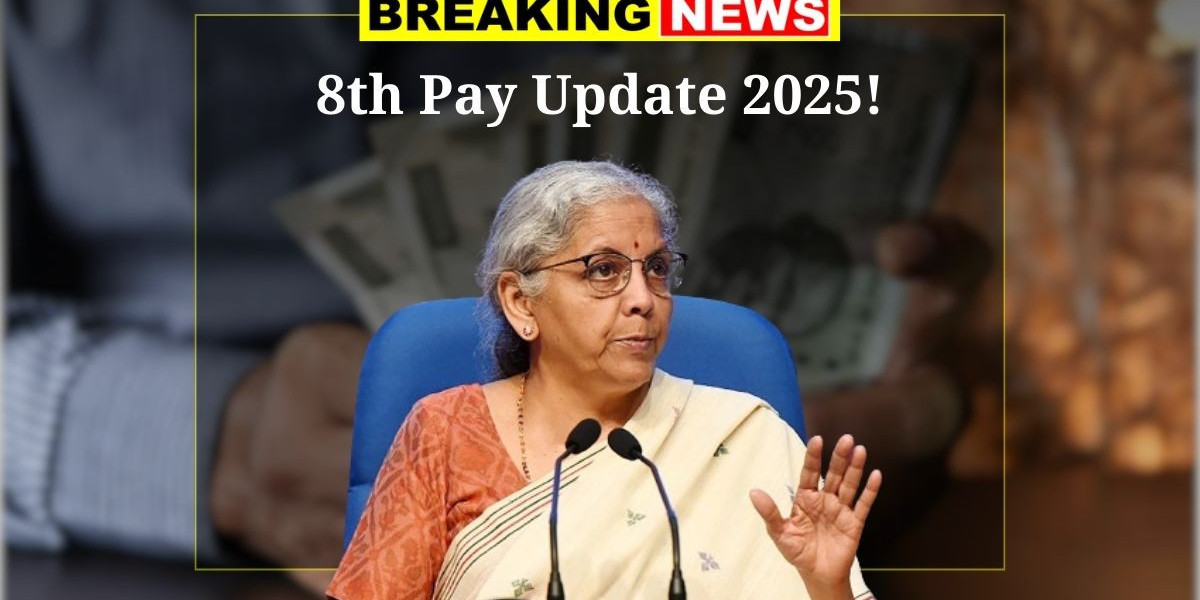The announcement of the 8th Pay Commission is awaited with much anticipation across India, particularly among central government employees and policymakers. With the current 7th Pay Commission recommendations having been implemented in 2016, expectations are mounting around what the next round of reforms will bring. Beyond just a revision of salaries, allowances, and pensions, the 8th Pay Commission is expected to play a strategic role in shaping India’s economic and social trajectory as it aims for the ambitious goal of becoming a “Viksit Bharat” (Developed India) by 2047.
What Makes the 8th Pay Commission Different?
Historically, pay commissions in India have focused primarily on wage adjustments and monetary benefits. However, the context in which the 8th Pay Commission is being formulated is notably different. India is undergoing major structural changes in its economy, driven by digitalisation, evolving labour markets, and changing aspirations of its young workforce. This means the new commission will need to adopt a broader, more futuristic perspective.
The 8th Pay Commission is expected to not only rationalise salaries in line with inflation and market standards but also incentivise performance, accountability, and skill development among government employees. There is growing discussion around the need for introducing a performance-linked pay model, rather than relying solely on seniority-based promotions and uniform pay hikes. Such reforms can improve productivity in the public sector, making governance more efficient and citizen-centric.
Additionally, with an increasing focus on technology and service delivery, the commission might also consider new job roles and capacities needed in the digital age. Upskilling and reskilling of the public workforce could become a formal part of pay structures and incentive systems, reflecting a shift towards a modern governance model.
The Larger Goal: Building Viksit Bharat
The timing of the 8th pay commission aligns with India's larger vision of becoming a developed nation by 2047, which marks the centenary of its independence. To achieve this, India must significantly improve its governance efficiency, public service delivery, and institutional effectiveness. An empowered, well-compensated, and future-ready bureaucracy will be essential to driving this transformation.
Moreover, by boosting the disposable income of nearly 50 lakh central government employees and over 60 lakh pensioners, the 8th Pay Commission could also give a much-needed push to domestic consumption, an important pillar of economic growth. With increased purchasing power, especially among middle-class households, demand for goods and services may rise, fuelling business activity and job creation in related sectors.
However, these benefits must be balanced against the fiscal burden of implementing a new pay structure. It is estimated that the financial impact of a new commission can run into lakhs of crores, and thus careful planning and phased implementation will be necessary to avoid macroeconomic imbalances.
Conclusion
The 8th Pay Commission represents more than just a salary revision exercise—it has the potential to be a key driver in India's journey towards becoming a developed nation. By modernising public sector compensation and aligning it with national development goals, the commission can pave the way for a more efficient, motivated, and future-ready bureaucracy. To know more about this evolving topic and its long-term implications, visit the original article here.









